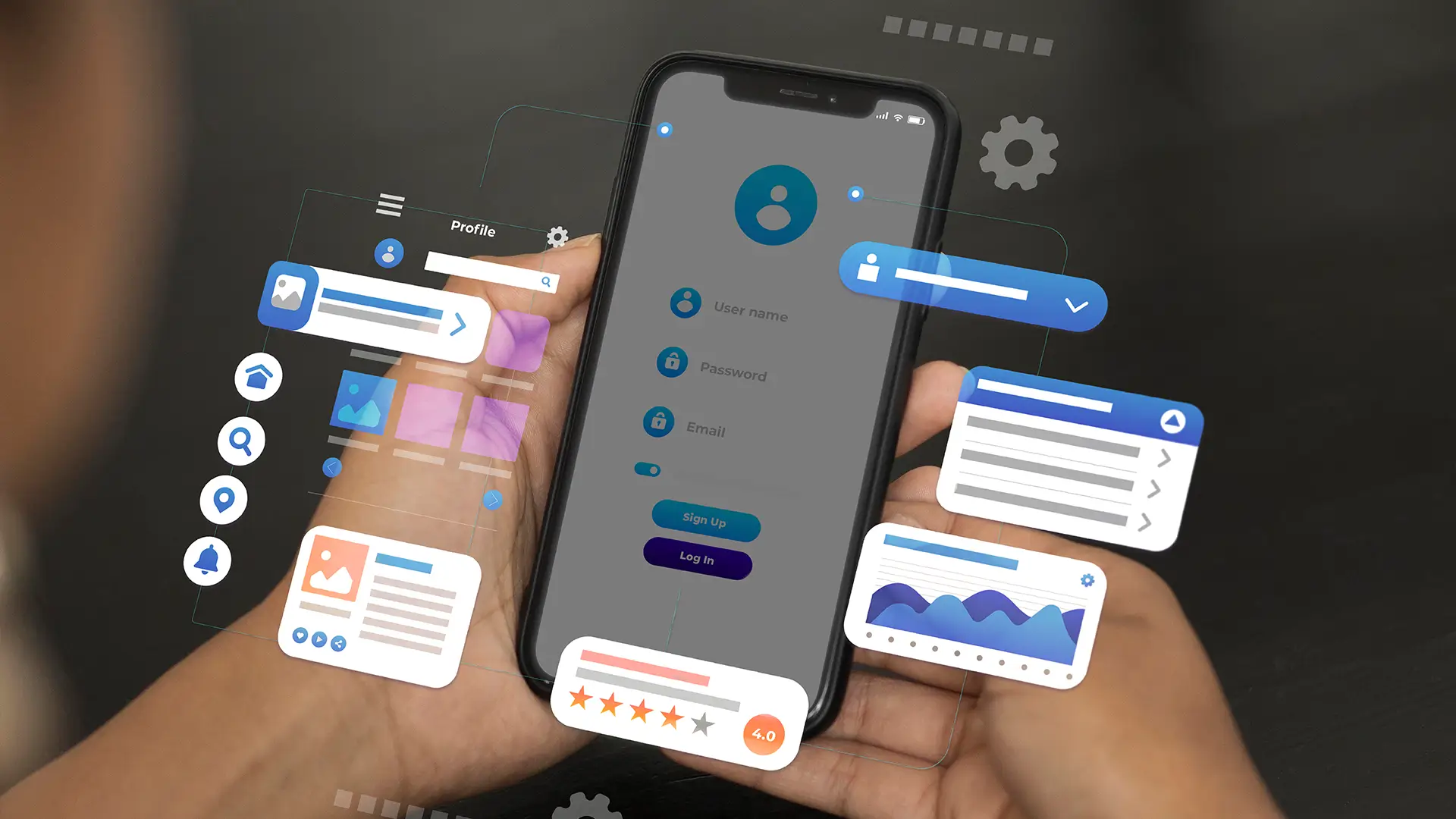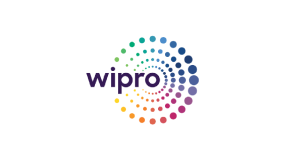Introduction
Digital-native apps sit on millions of devices that differ in hardware, networks, and daily usage patterns. Teams often rely on lab tests to validate these apps.
However, controlled setups rarely match the experiences users encounter outside the test environment.
Small shifts in device performance, network quality, or location data can change how an app loads, responds, or displays information to the users. Testing in real user environments helps teams understand how the app behaves when these variables move together.
In this blog post let us learn why real-world testing matters for digital-native apps in detail
Why is Testing Across Real User Conditions Important?
Shows actual performance under diverse conditions
Real user scenarios demonstrate how the app performs under slow networks, on older devices, and in varying locations. This provides teams with an accurate picture of app functionality and performance, enabling them to make informed changes based on how users actually experience the app.
Catches problems tied to daily usage patterns
User actions such as fast scrolling, repeated logins, app switching, and moving between Wi-Fi and mobile data can reveal retries, slow responses, and layout changes. Testing these behaviours helps teams detect breakpoints early.
Highlights behaviour across real hardware
On some devices, the app may take longer to open, struggle with heavy screens, or close unexpectedly. These problems do not always appear on high-end models, which can hide them during testing. Over longer sessions, the same devices may also heat up or drain the battery more quickly. Testing across a wider range of devices brings these issues into view before users encounter them.
Also Read - How to Create Test Scenarios - A Comprehensive Guide
HeadSpin’s Approach to Real-World Testing Digital Native Applications
HeadSpin’s setup enables teams to test digital-native apps in a manner that accurately reflects how users experience them. It brings together real devices, real networks, and real locations, allowing teams to identify issues early and build a more reliable product.
Real devices across regions
Digital-native products serve users who are spread across countries, networks, and device types. What users see on screen, how quickly content loads, and how features respond all depend on local devices and networks.
With HeadSpin, teams can test on SIM-enabled mobile devices, OTT devices, and smart TVs in 50+ global locations.
Each device reflects local carrier behavior, signal quality, and system settings.
This makes it possible to see where layouts shift, screens slow down, or features break due to regional or hardware-specific differences that cannot be reproduced in a lab.
Live carrier networks
Digital-native apps are built to work while users are moving between places, signals, and network types.
The same action can behave differently depending on whether the user is on Wi-Fi, mobile data, or a weak signal.
HeadSpin devices run on the multiple network conditions such as 2G, 3G, 4G, 5G and WiFi available across the locations. This enables QA teams to check how their apps perform across multiple SIM providers and connectivity scenarios including roaming, handovers and so on.
Teams can also track network performance KPIs such as download speed, HTTPS throughput, and packet loss to understand how network quality affects app behaviour and pinpoint the conditions behind delays, timeouts, or failed requests.
Performance insights
Digital-native apps depend on consistent speed, visual quality, and stable sessions to function as expected.
With HeadSpin, teams can collect 130+ performance KPIs including page load time, perceptual video quality, CPU usage, battery drain, and device temperature. These metrics show how the app behaves on real devices during actual use. This helps teams find the exact cause of slow screens, broken flows, or unstable sessions and share clear reports across teams to speed up debugging and confirm improvements after fixes.
Remote access for the whole team
Digital-native teams operate across regions and must handle frequent releases, and depending upon the regulations need to manage sensitive data, and changing infrastructure needs.
HeadSpin supports this with flexible deployment options, including cloud packages with flexible subscription plans, on-prem device deployments, and fully air-gapped setups for maximum control. This allows teams to choose an environment that matches their security, compliance, and scale requirements without changing how they test or access devices.
Conclusion
Digital-native apps behave differently across devices, networks, and locations. These shifts influence load times, screen responses, and feature accuracy. Lab tests alone cannot reveal these differences, which is why real-world testing is essential.
HeadSpin supports this by offering real devices in real regions. Teams can see how the app performs under natural conditions and catch issues tied to hardware limits, network changes, or location behaviour. This helps build a product that stays reliable for users wherever they are.
Ready to Test Your Digital Native App in Real Conditions? Connect With HeadSpin Experts!
FAQs
Q1. Why is real-world testing necessary for digital-native apps?
Ans: Real-world conditions expose delays, layout issues, and location errors that lab tests often miss. These factors affect how the app behaves during daily use, making real-world coverage essential.
Q2. How does HeadSpin make real-world testing easier?
Ans: HeadSpin provides access to physical devices across regions, each running on its local network. This helps teams observe true app behaviour without setting up hardware themselves.



























.png)


















-1280X720-Final-2.jpg)






